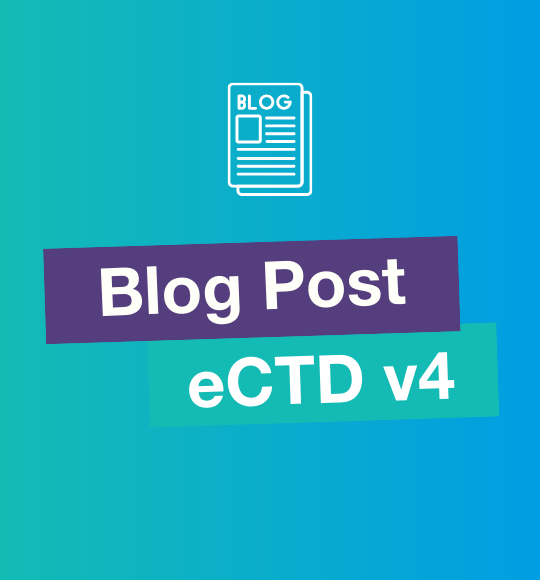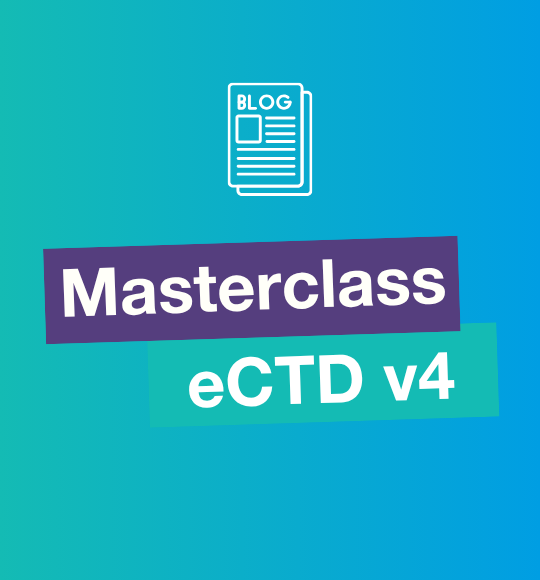As of January 2019, the EU eSubmissions roadmap will mandate the use of eCTD format for National Procedures (NP). This means that all submissions in Centralized Procedures (CP), Decentralized Procedures (DCP), Mutual Recognition Procedures (MRP), and now also National Procedures (NP) must be submitted in eCTD format. Any submissions in NeeS format will be rejected.
To assist this conversion, MHRA (Medicines & Healthcare Regulatory Agency) is introducing baseline submissions.
What is an eCTD baseline submission?
An eCTD baseline submission refers to the submission of all current valid documents along with a statement that the content has not been changed, only the format. For transparency reasons and ease of the process, it is recommended that eCTD baselines are applied when there are no pending regulatory activities for the product.
eCTD baseline submissions are recommended when converting the format used for submission (e.g., from NeeS to eCTD) of procedures and/or correcting technical issues relating to previously supplied documents in the current submission format.
What should an MHRA eCTD baseline submission contain?
To use a baseline submission when changing from paper or NeeS to eCTD, make sure you include high-quality electronic source documents, as well as good-quality scanned images that would facilitate text searching. An eCTD baseline typically consists of the Module 3 documents that tend to change over time during the lifecycle of the product. It is also possible to use multiple sequences to submit a baseline. For example, one sequence for the baseline for Module 3 was followed later by one sequence for the baseline for Modules 4 and 5.
Additionally, it should be clearly stated in the cover letter of the “baseline eCTD sequence” that the content of the previously submitted dossier has not been changed other than in format. There is no need for the NCAs or EMA to assess eCTD baseline submissions, and hyperlinks between documents are not needed. The submission type reformat should be used in the envelope for the baseline sequence.
There may also be other scenarios where a baseline submission will be required by MHRA. You may be asked a baseline following submission in eCTD format where the MHRA does not have a current lifecycle established for this product. This may occur where the last submission in eCTD format was accepted using a tolerant validation to resolve issues of missing historical lifecycle, e.g., a missing baseline on conversion from NeeS to eCTD.
What do you need for an eCTD baseline submission to MHRA?
- The baseline should include everything available placed in the most appropriate placeholders within modules 1-5
- (Re-)Submission of all current valid documents as a new sequence
- A statement that the content has not changed, only the format
- Applied when there are no pending regulatory activities for the product tests expected to in a nutshell
It is expected that the mandatory use of eCTD for all submissions will begin in January 2019. As for now, it is up to you to decide whether or not to submit a baseline of what content to include in the submission. You should evaluate the costs and benefits of those decisions. If you do decide to submit a baseline, it would be expected by the MHRA to include at least Module 3 documents with technical guidance available at the time of submission.
Source: https://medregs.blog.gov.uk/2018/05/21/to-b-or-not-to-b/




.png)